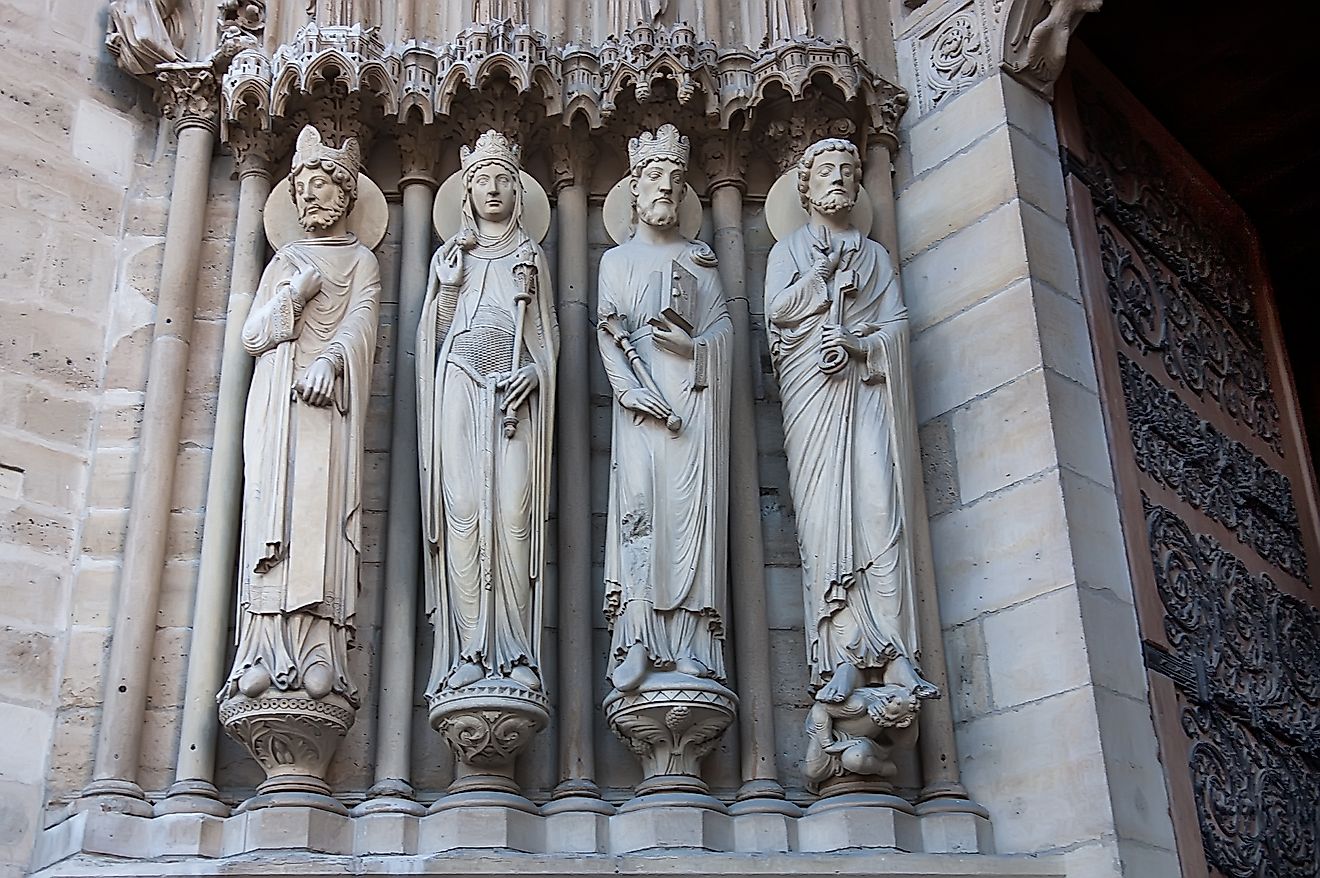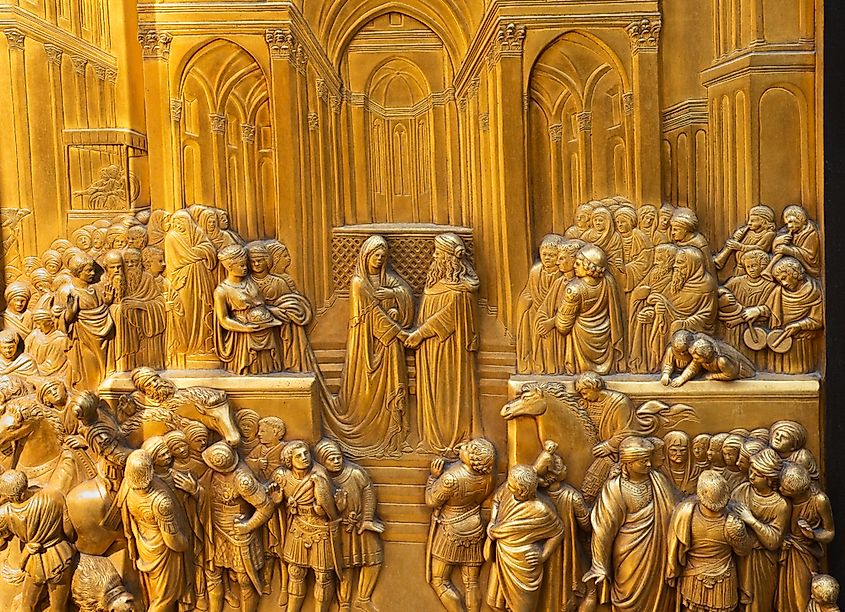Who Was The Queen of Sheba?

Nothing tickles the human imagination like the possible existence of a character shrouded in mist and legend from times long past. The notorious Queen of Sheeba or Bilqis in Arabic (or Makeda as she is referred to in Ethiopia), fits this description like a glove - which is why we are still talking about this elusive woman today.
The first mention of Queen of Sheba can be traced to the Bible and the Quran, which makes the story even more compelling.
Regardless of evidence supporting (or not) her existence, it is widely thought that she hailed from today’s Ethiopia, and they certainly hold her in high regard to this day. In fact, for Ethiopian people, she is the emblem that defines their identity as a nation. They believe she is the founder of the Solomonic Dynasty, which ended with the death of Haile Selassie in 1975.
The Queen of Sheeba in the Bible and the Quran
In both stories, the Queen of Sheba is a powerful, wise, and clever woman who ruled northwest Africa. Unsurprisingly, these two stories continue in much the same way since both describe that the Queen of Sheeba visited the famous King Solomon. Also, in both these narratives, she comes bearing tremendous gifts of gold, exotic spices, and precious stones. She had come to the Holy City because she had heard of King Solomon’s great wisdom, and she wanted to test it with some riddles.

Additionally, since her people worshiped the Sun, Kind Soloman set out to turn her into a believer. Apparently, since Soloman was able to answer all her questions, she indeed renounces her pagan ways and embraces God/Allah/Yahweh. Ultimately, when she goes back to her kingdom, her people also embrace the new faith. Of course, it must be mentioned that King Solomon lived before Judaism, Christianity, and Islam split, which accounts for the similarity in these stories.
The Twist in Kebra Nagast
However, while the Bible simply states that the Queen of Sheba returned to her people bringing with her the faith, in Kebra Nagast, which is Ethiopian foundation story and national epic, she returned pregnant with King Solomon’s son.
She gave birth to the boy, and he was called Menilek and thus started the Solomonic dynasty, which ended in 1975 when Haile Selassie died.
The story states that Menilek returned to see his father many years later, and even though King Solomon asked him to stay and rule with him, Menilek returned home and took with him the Ark of the Covenant. He took the Ark back to Aksum where is still kept today, in St Mary’s Church, in a specially built treasury.
What Does Archaeology Say?
Sadly, very little. While some argue that the land of Sheba or “Saba” (the Arabic version of the Hebrew word Sheba) designates the Saben kingdom, which is in present-day Yemen, which makes the existence of this woman possible, conclusive evidence is missing. And while many believe the numerous stories must be based on something, to this day, nobody can say for certain that the mysterious Queen of Sheba truly existed. However, archaeologists and historians are still trying to unearth evidence. However, to this day, the tales continue and hold the interest of many across the world.











